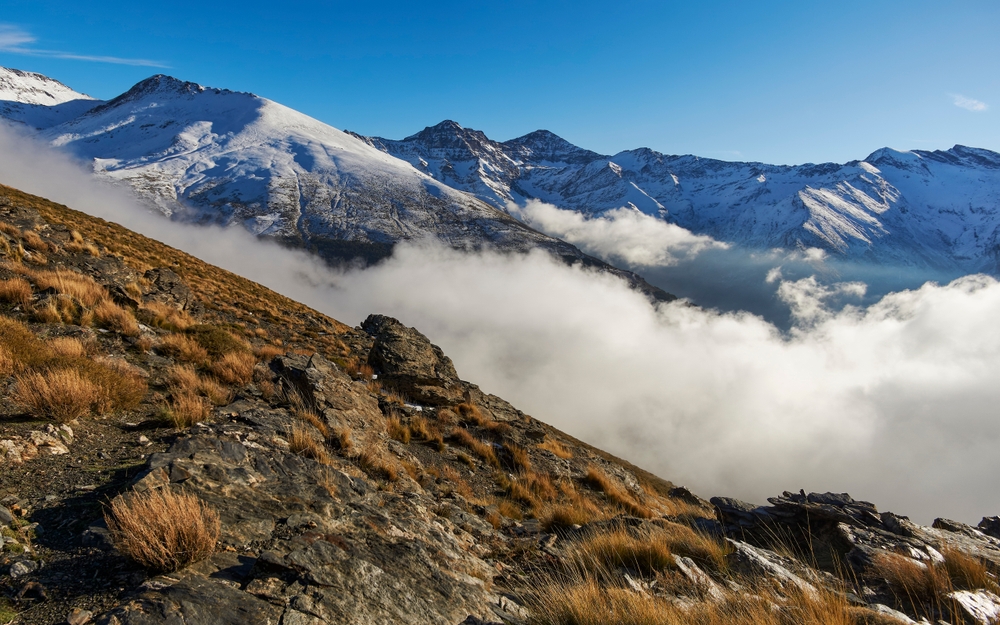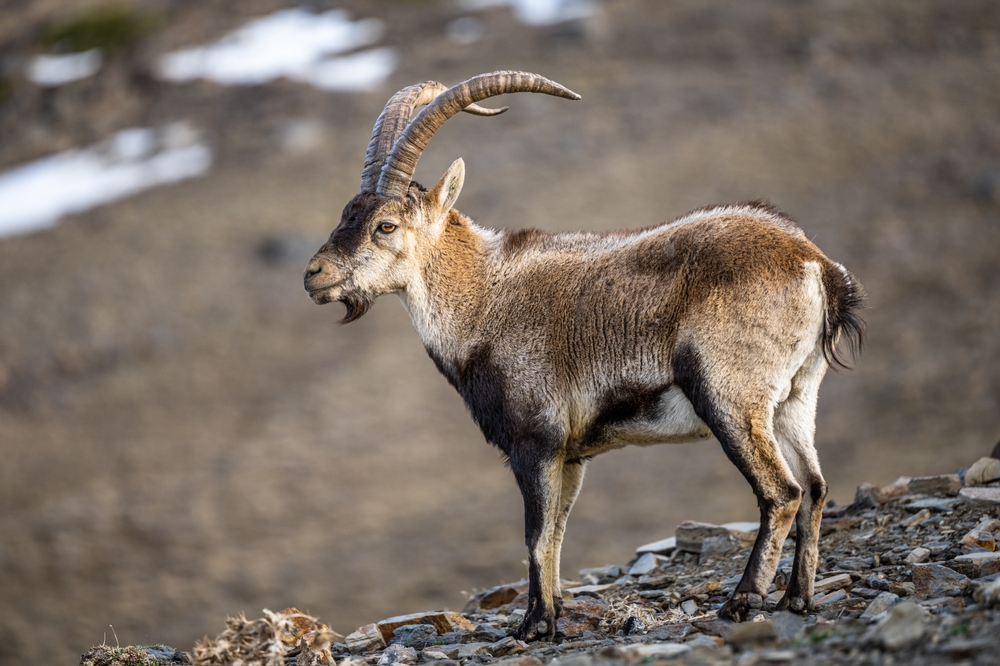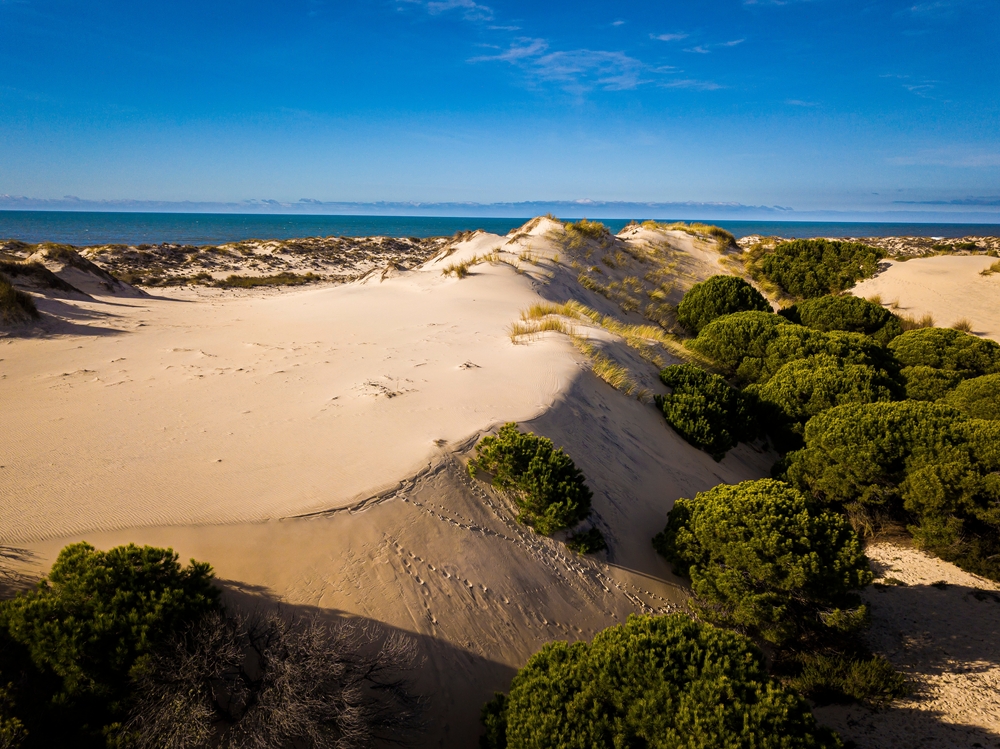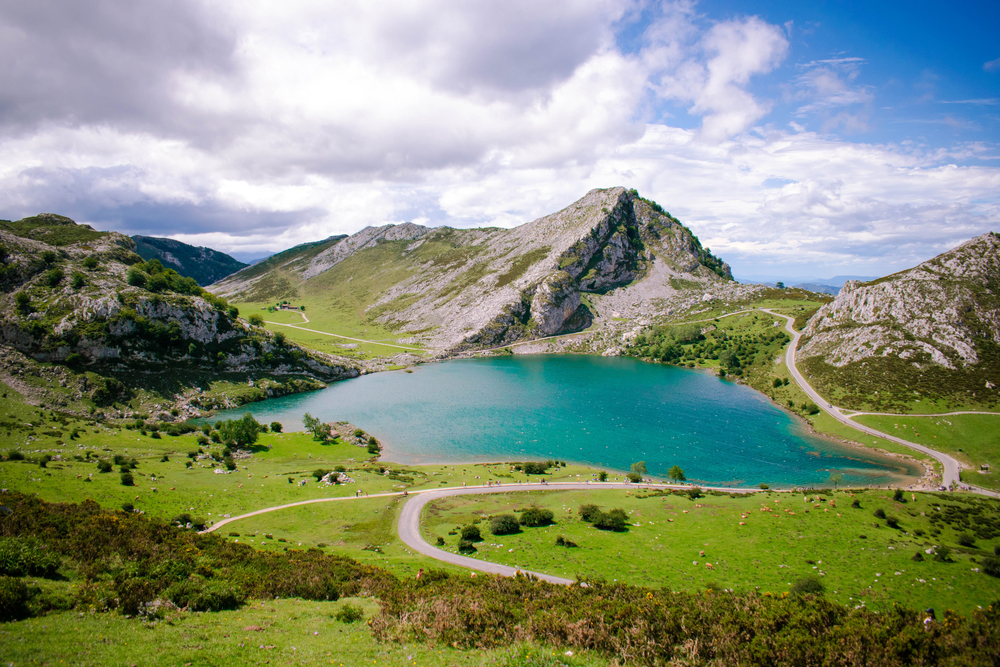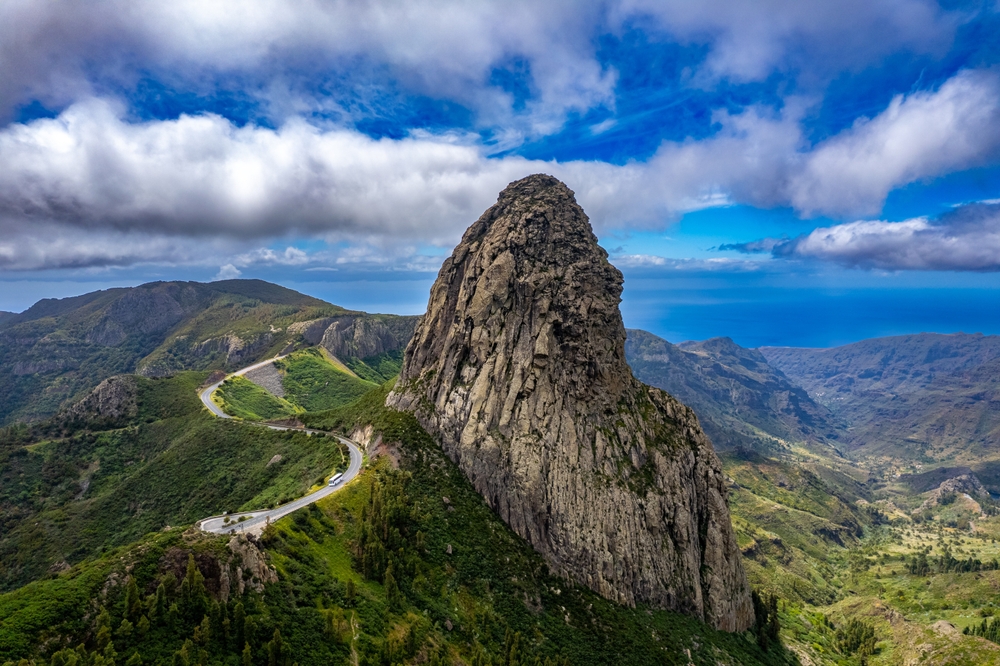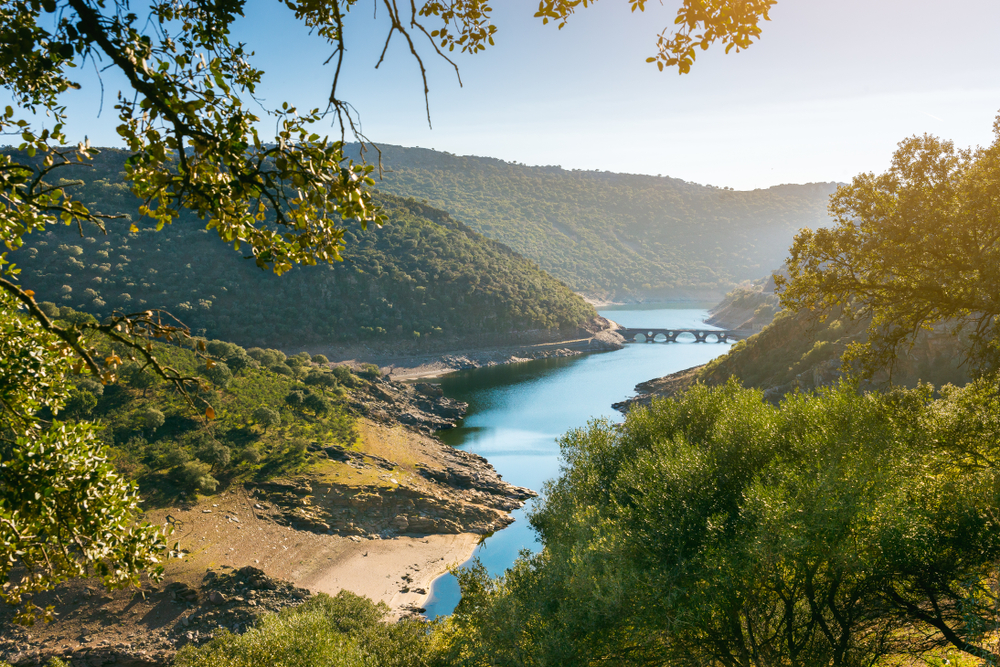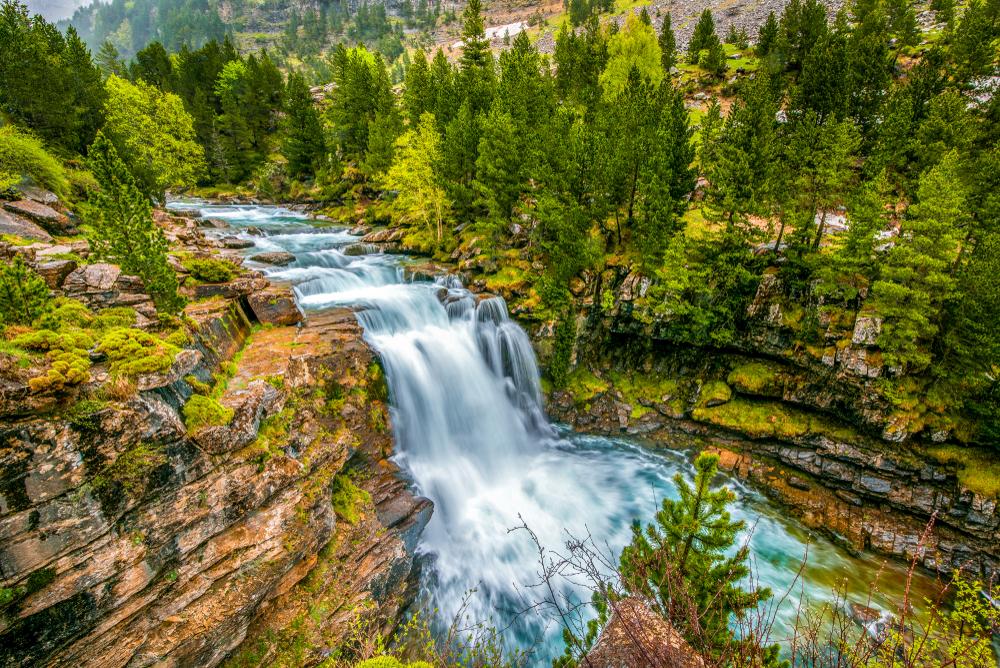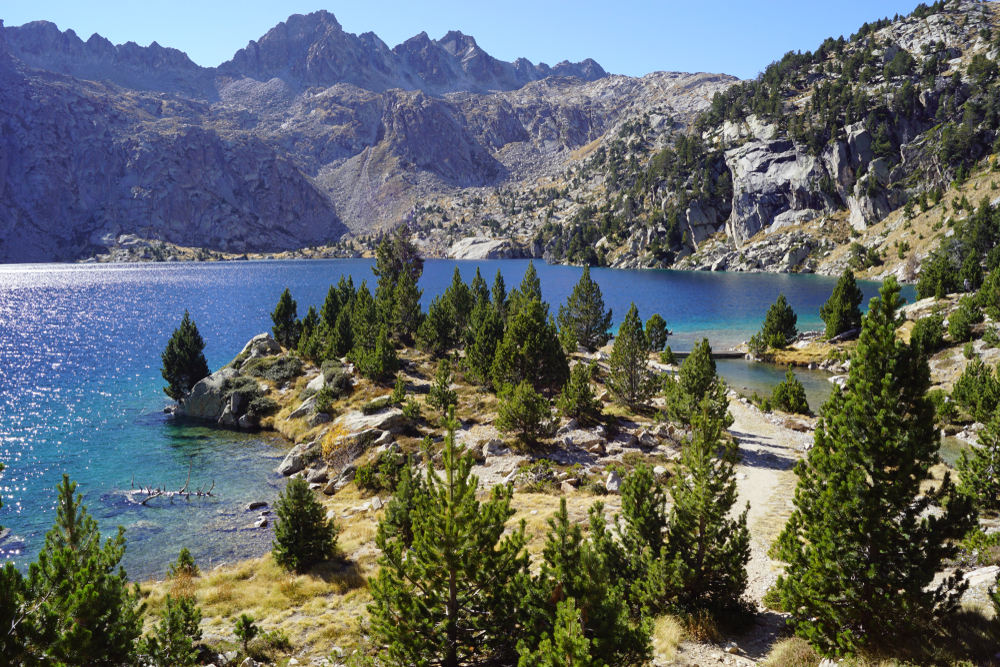Sierra Nevada Spain Overview
Sierra Nevada National Park, known as Parque Nacional de Sierra Nevada in Spanish, is located in southern Spain, within the provinces of Granada and Almería in the autonomous community of Andalusia.
Covering an area of approximately 331 square miles (860 square kilometers), it is the largest national park in Spain. This expansive protected area is home to the Iberian Peninsula’s highest mountain range, including Mulhacén, which stands at 11,414 feet (3,479 meters) as the highest peak on the mainland.
The park is a key feature of the Andalusian landscape, with rugged peaks, deep valleys, and a diverse range of ecosystems that provide a stunning contrast between alpine and Mediterranean environments.
The terrain of Sierra Nevada National Park varies dramatically, from the high-altitude glacial cirques and craggy peaks to lush valleys and river canyons carved by the Genil and Poqueira rivers. The landscape transitions from alpine tundra at the highest elevations to dense oak, holm oak, and pine forests at lower altitudes.
In spring and early summer, wildflowers such as the endemic Sierra Nevada violet and the vibrant yellow Spanish broom add bursts of color to the mountain slopes. The park’s seasonal transformation, from snow-covered peaks in winter to sun-drenched meadows in summer, makes it an ever-changing natural wonder.
Sierra Nevada National Park is home to an impressive array of wildlife, including the endemic Iberian ibex, which can often be spotted navigating the rocky cliffs and slopes. Other key mammals include wild boars, badgers, and European mouflons.
The park is also a significant habitat for birds, with species such as the golden eagle, griffon vulture, and peregrine falcon soaring over its mountainous terrain. Smaller birds like the alpine accentor and rock thrush thrive in the high-altitude regions, while forests provide refuge for species such as the Eurasian nuthatch and great spotted woodpecker. Reptiles, amphibians, and a variety of insects, including rare butterflies, contribute to the park’s rich biodiversity.
A major draw for visitors to Sierra Nevada National Park is its exceptional outdoor recreation opportunities. The park is home to Spain’s premier ski resort, Sierra Nevada Ski Station, offering some of the best skiing and snowboarding conditions in southern Europe.
In the warmer months, the extensive network of hiking trails provides access to breathtaking vistas, with routes such as the ascent to Mulhacén and the Vereda de la Estrella trail being among the most popular. Cyclists, rock climbers, and nature photographers are also drawn to the park’s diverse landscapes, while those interested in cultural experiences can explore the traditional whitewashed villages of Las Alpujarras, which sit along the park’s southern slopes.
The park faces conservation challenges, including the effects of climate change, which have led to decreased snowfall and changes in water availability. Human activities such as tourism and agriculture also impact fragile ecosystems.
However, conservation efforts, including habitat restoration projects and strict environmental protections, have helped preserve the park’s biodiversity. Sustainable tourism initiatives aim to balance visitor enjoyment with the protection of its natural resources, ensuring that Sierra Nevada National Park remains a haven for wildlife and outdoor enthusiasts for generations to come.








































































